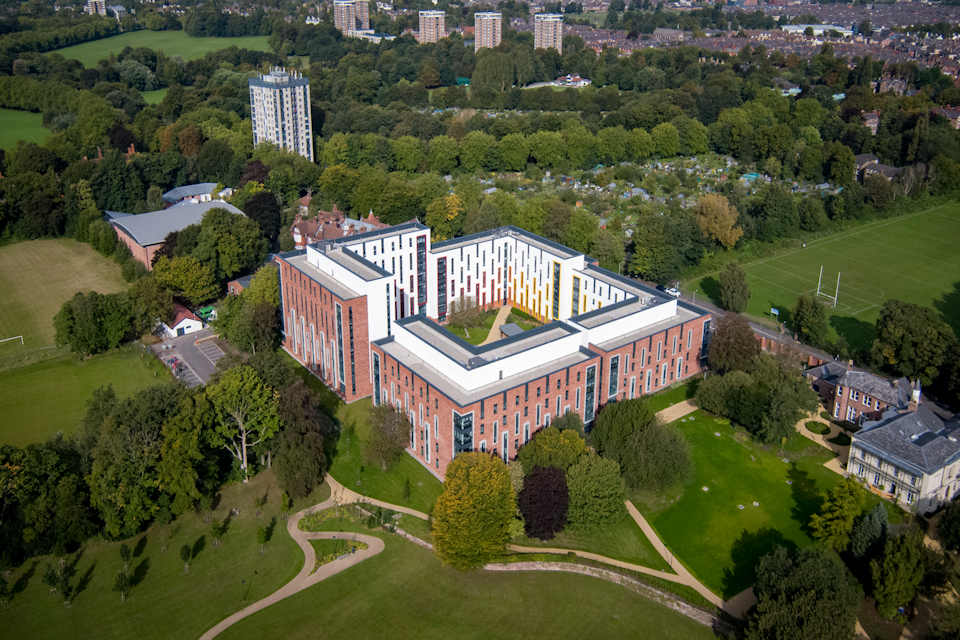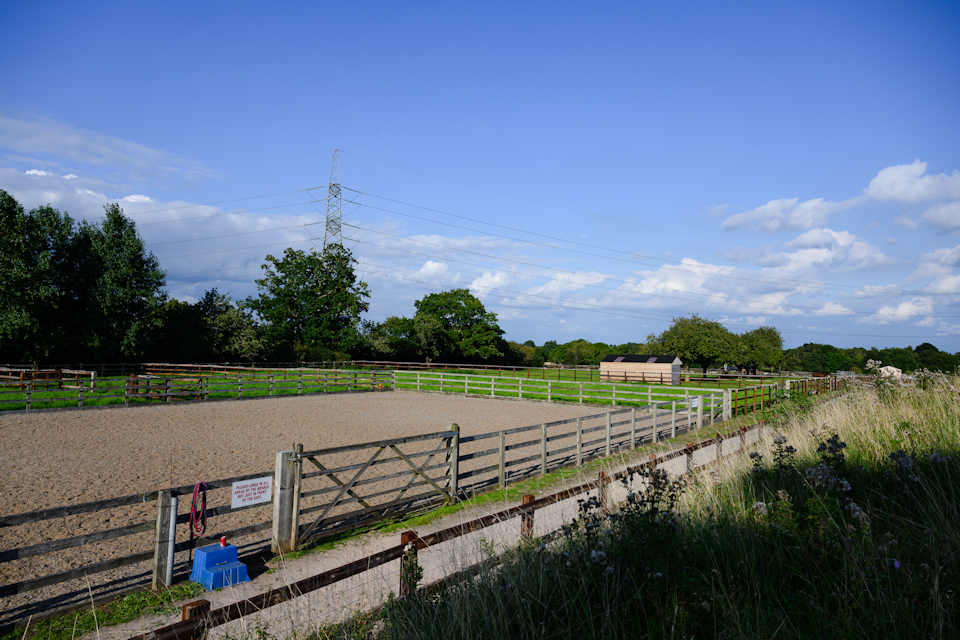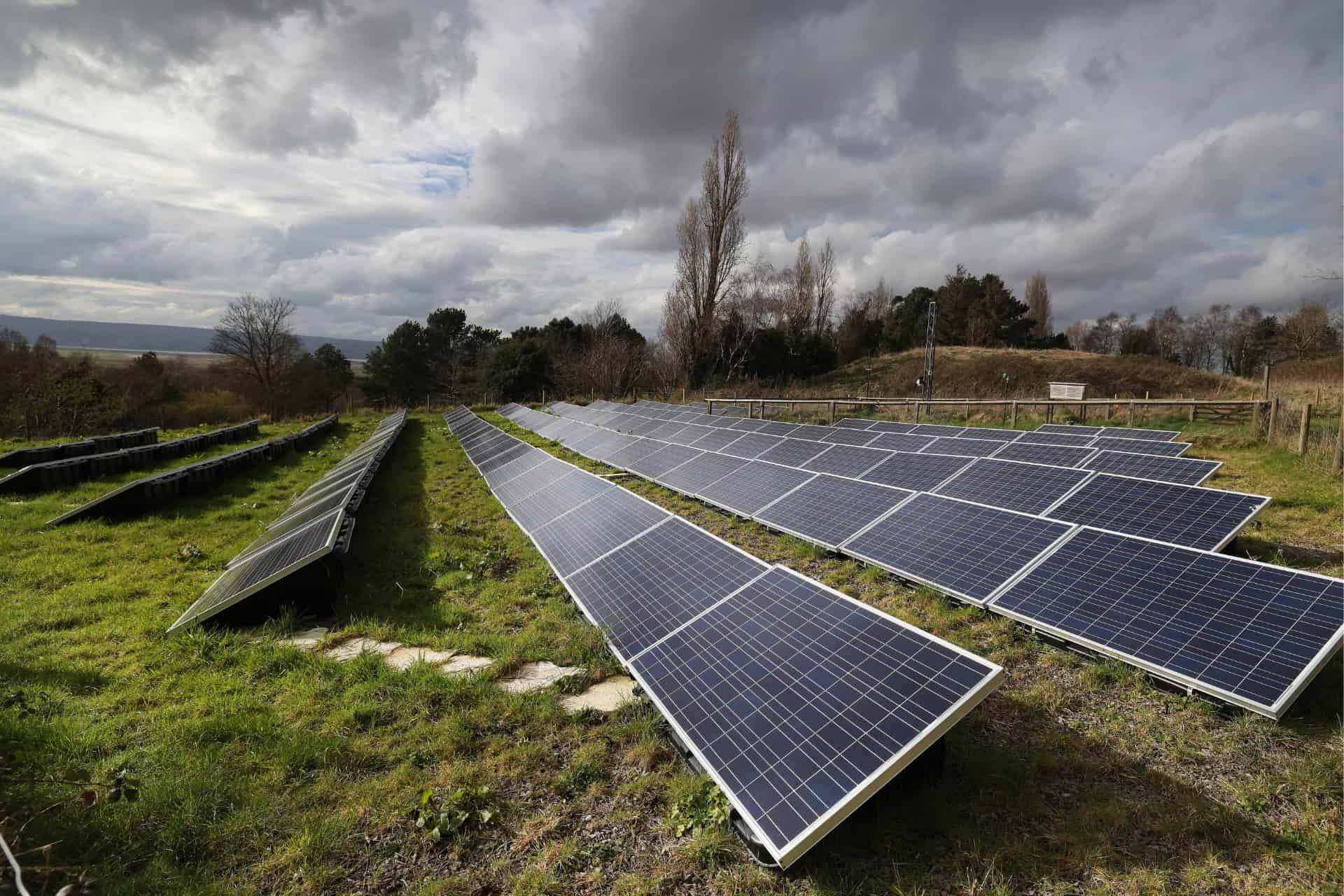Sustainable buildings
We are committed to developing low-carbon buildings and investing in sustainable infrastructure. And we do so using the Building Research Establishment's Environmental Assessment Method (BREEAM).
Understanding the environmental and social impacts when building or renovating is essential. It helps us lower the University's carbon footprint while creating high-quality, sustainable buildings. We use BREEAM to evaluate the sustainability of new developments, aiming for BREEAM Excellent ratings.
All our new buildings are at the cutting edge of sustainable design. We use harnessing technologies such as:
- Solar thermal heating
- Rainwater harvesting
- Heat recovery systems.
We aim to give our staff and students the best environment for learning and research. This includes encouraging them to use the campus as a living laboratory for research, teaching and learning. This contributes to the sustainability of our campus community and overall student experience. Explore the sustainability features across each of our campuses below.
The Built Environment Working Group harnesses the academic expertise on campus to evaluate how environment, sustainability and technology are considered in buildings across campus.
Sustainable buildings supporting SDG 9
Investments in infrastructure are crucial to achieving sustainable development. Discover how the University is supporting Sustainable Development Goal 9: Industry, Innovation, and Infrastructure.
.jpg)


